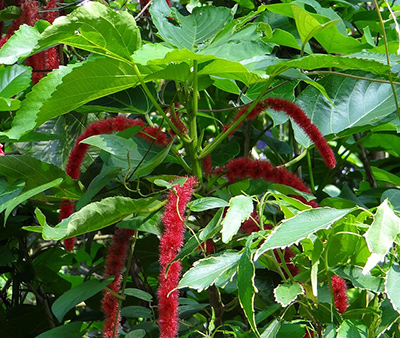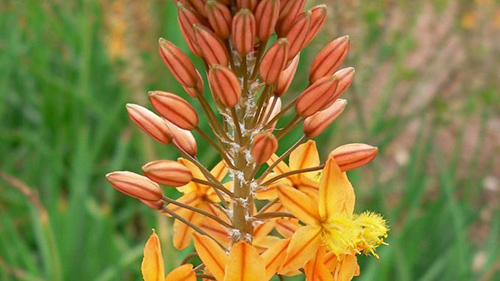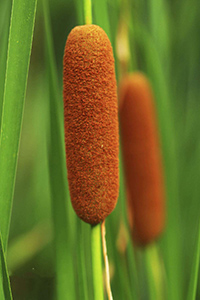Contents

The Cats tail plant is highly sought-after in eastern and southern Spain. Its use has quickly spread during the last decades. It was first used in veterinary medicine to heal wounded animals. After its good results, its use became usual among Mediterranean peasants and cattle breeders.
Cat Tail Plant Scientific Facts
- Spanish: Rabo de gato.
- Environment: This plant grows on unfarmed slopes along the Spanish Mediterranean coast, from Tarragona to Malaga.
- Description: Woody-based plant of the Labiatae family, growing from 20 to 50 cm high. Lemon-yellow flowers grow on the tip of their straight stems.
- Parts of the plant used medicinally: The flower clusters.
Healing Properties and Indications


This plant contains an essence with antibiotic properties, as well as flavonoids with anti-inflammatory properties. It is internally used, with good results, for dyspepsia, gastritis, and gastro-duodenal ulcers. It produces an intense anti-inflammatory effect on the digestive system.
Its most common application is vulnerary: it heals wounds and bruises with astonishing quickness. Cat tail is helpful for any kind of bruises, wounds (infected or not), skin sores, and skin infections.
How to use Cat Tail
- Infusion with 30-40g of flower clusters per liter of water. Drink free or four cups daily.
- Compresses, soaked in the infusion above. Apply on the skin with a soft dressing, and change every three or four hours.
- Cleansings of the affected areas with the same infusion.
DISCLAIMER: All content on this website is presented solely for educational and informational objectives. It would be best to not rely on the information provided as a replacement for advice, diagnosis, or treatment from a qualified medical expert. If you are pregnant, nursing, or have any preexisting medical concerns, you should talk to your doctor before using any herbal or natural medicines.
REFERENCES
- George D. Pamplona-Roger, M.D. “Encyclopedia of Medicinal Plants.” George D. Pamplona-Roger, M.D. Encyclopedia of Medicinal Plants. Ed. Francesc X. Gelabert. vols. 2 San Fernando de Henares: Editorial Safeliz, 2000. 471. Print. [cat tail plant]
